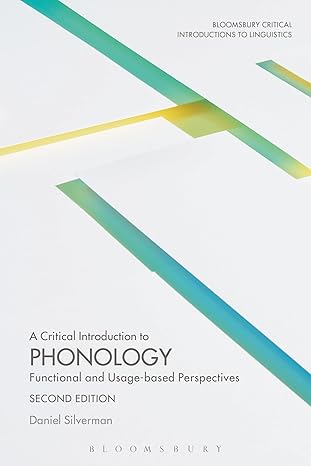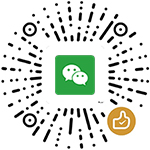
A Critical Introduction to Phonology:Functional and Usage-Based Perspectives (Bloomsbury Critical Introductions to Linguistics)
by: Daniel Silverman (Author),Andreas Musolff(Series Editor),Gabrina Pounds(Series Editor)&0more
Publisher: Bloomsbury Academic
Edition: 2nd
Publication Date: 2017/9/21
Language: English
Print Length: 360 pages
ISBN-10: 1474238890
ISBN-13: 9781474238892
Book Description
Taking an interdisciplinary approach to phonological theory and analysis, A Critical Introduction to Phonology introduces the key aspects of the discipline. Departing from the mainstream tradition, Daniel Silverman argues that the nature of linguistic sound systems can only be understood in the context of how they are used by speakers and listeners.By proposing that linguistic sound systems are the product of an interaction among sound (acoustics), mind (cognition), and body (physiology), Silverman focuses on the functional consequences of their interaction. Now with each chapter supplemented by a section on “Doing Phonology”, together with phonological examples from a large corpus of data, this expanded second edition offers a provocative introduction to phonological theory. This book is essential reading for all students and researchers of phonology who are already familiar with the standard approaches and provides both a new theoretical background and the mechanical tools for truly successful phonological analyses.
About the Author
Taking an interdisciplinary approach to phonological theory and analysis, A Critical Introduction to Phonology introduces the key aspects of the discipline. Departing from the mainstream tradition, Daniel Silverman argues that the nature of linguistic sound systems can only be understood in the context of how they are used by speakers and listeners.By proposing that linguistic sound systems are the product of an interaction among sound (acoustics), mind (cognition), and body (physiology), Silverman focuses on the functional consequences of their interaction. Now with each chapter supplemented by a section on “Doing Phonology”, together with phonological examples from a large corpus of data, this expanded second edition offers a provocative introduction to phonological theory. This book is essential reading for all students and researchers of phonology who are already familiar with the standard approaches and provides both a new theoretical background and the mechanical tools for truly successful phonological analyses.
 Wow! eBook
Wow! eBook

